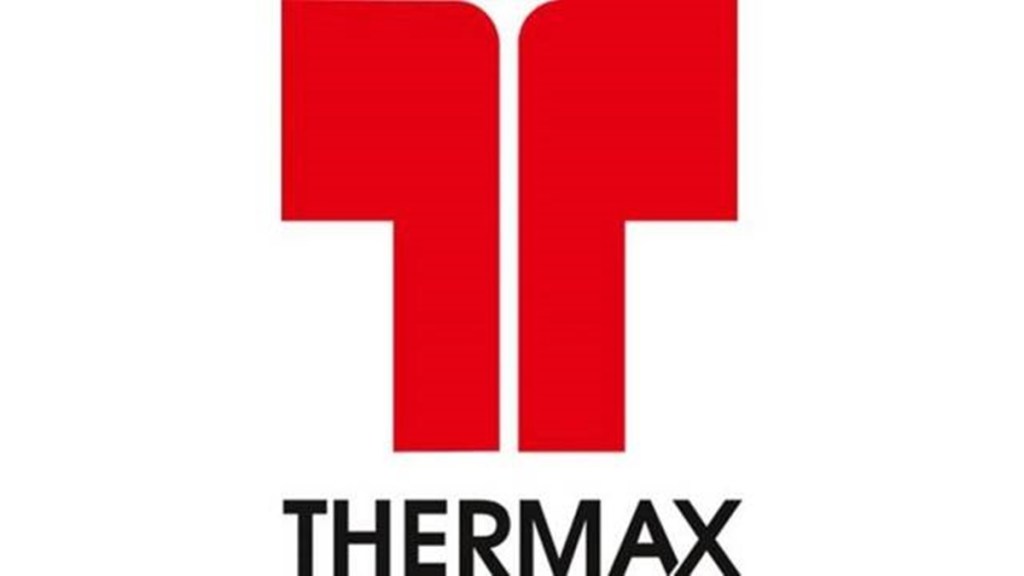Energy and environment company Thermax is the new kid on the renewable energy block with ambitions to build a one-gigawatt portfolio in three years across solar, wind and solar-wind hybrid. It plans to scale up bio mass-based energy plants, and has a future pipeline comprising hydrogen and battery storage energy offerings.
In December 2021, the Thermax board and executive management set the plan in motion to reduce the company’s carbon footprint by 2030. Ashish Bhandari, managing director and CEO, Thermax, said the company understood that there is a certain potential business risk to their fossil-fuel-based solutions business. It was clear that the company’s customers would increasingly be looking at the renewable energy options. Thermax is exploring what it could bring to the table in the RE space, which already has many players.
Also read: RattanIndia Power raises Rs 1,125 crore from a consortium of lenders
Bhandari said the decision to enter the RE space was made as Thermax wanted to tap the opportunities as industrial customers made energy transitions. It also decided to build the assets on its own and grow organically.
Since then, the company has been putting together a plan to build a green portfolio. The company has created new energy divisions, which have been working for the last two years in the renewable energy areas, and a scale-up is in the works. Thermax has moved out resources from the fossil fuel-based super critical business to the renewables area, Bhandari said.
Thermax Onsite Energy Solutions (TOESL), First Energy (FEPL) and Thermax Bioenergy Solutions (TBES) are the green solutions-focused subsidiaries executing RE projects. Bhandari expects these arms to be Rs 1,000-1,500 crore businesses by 2026.
TOESL owns and operates green utilities and had in the last three years executed 30 projects. It is generating its cash and is now going international. In the TOESL business, the company has funded a significant portion of the equity from its own cash reserves and earnings.
FEPL offers customised off-grid captive solar-powered solutions and wind-solar hybrid projects with three projects executed and a fourth project in the pipeline. It is already operating 24 MW and has just commissioned a 45.80 MW wind-solar hybrid captive power plant in Gujarat with an installed capacity of 24.3 MW of wind energy and 21.50 MW of solar energy with 50,000 solar modules and 9 wind turbine generator units. Another 100 MW project is coming up in Tamil Nadu. In the FEPL business, Thermax invests 75% and customers bring in the rest.
Also read: Recovery period slows down for ARCs under the new OTS scheme norms
The company is working out capex scenarios and could be investing around `500-600 crore over the next two years in the equity of these businesses and around `1,500-2,000 crore on the debt side at the project level in the entities. The debt at the SPV level will be specific project-based SPV and not at the corporate level, Bhandari said.
In the bioenergy space, the company offers bio-CNG, municipal solid waste to bio-CNG, biomass to bio-CNG and newer biomass-related areas. For biomass-based energy, Bhandari said Thermax will be setting up multiple briquette manufacturing units to ensure uninterrupted supply of feedstock to the bio mass-based plants.
Thermax plans to get into electrolyser manufacturing, biomass to hydrogen, end-to-end EPC of hydrogen projects and build-own-operate hydrogen projects for industrial customers. For exploring possibilities in the hydrogen foray, Thermax is working with Fortescue Future Industries, an Australian green energy company.
The shift has resulted in 70% of Thermax’s order book coming from green businesses while only 30% is from the fossil fuel division.
Thermax has also made another shift in the business model for these emerging entities – from capex-based to opex – where it owns the renewable asset and made it an annuity business. TOESL projects have a 10-year life cycle and FEPL has a 25-year life cycle making this an annuity business for Thermax.
While Thermax is funding these projects on its own, as the RE platform scales up and stabilises, it would consider bringing in external partners.


